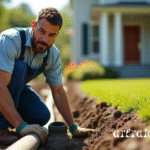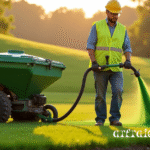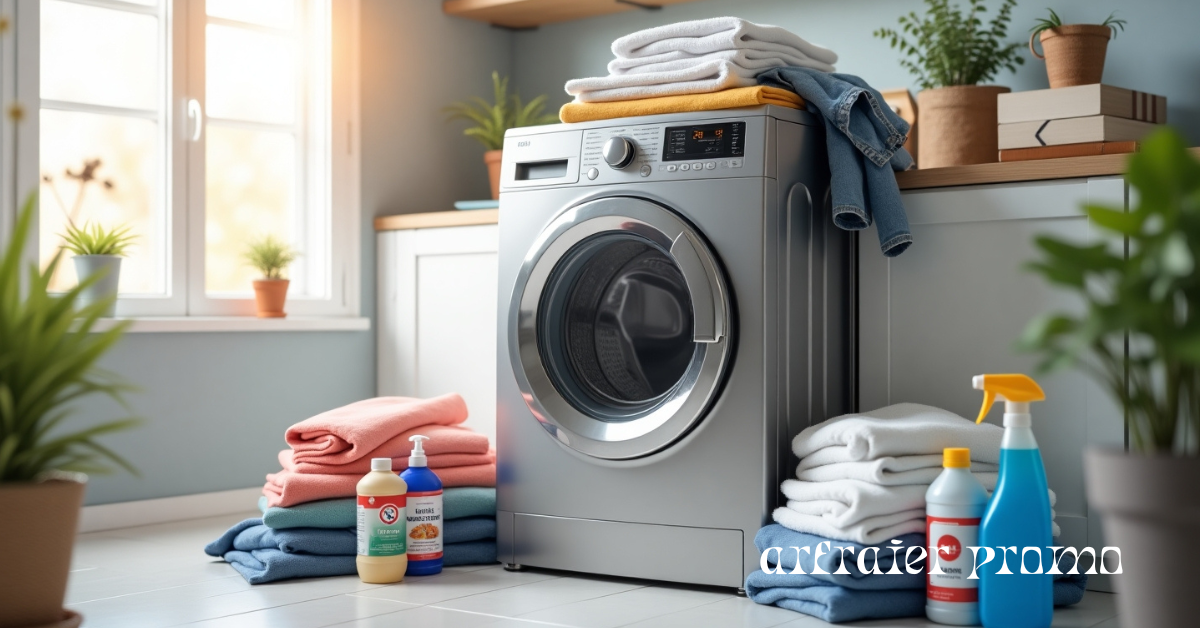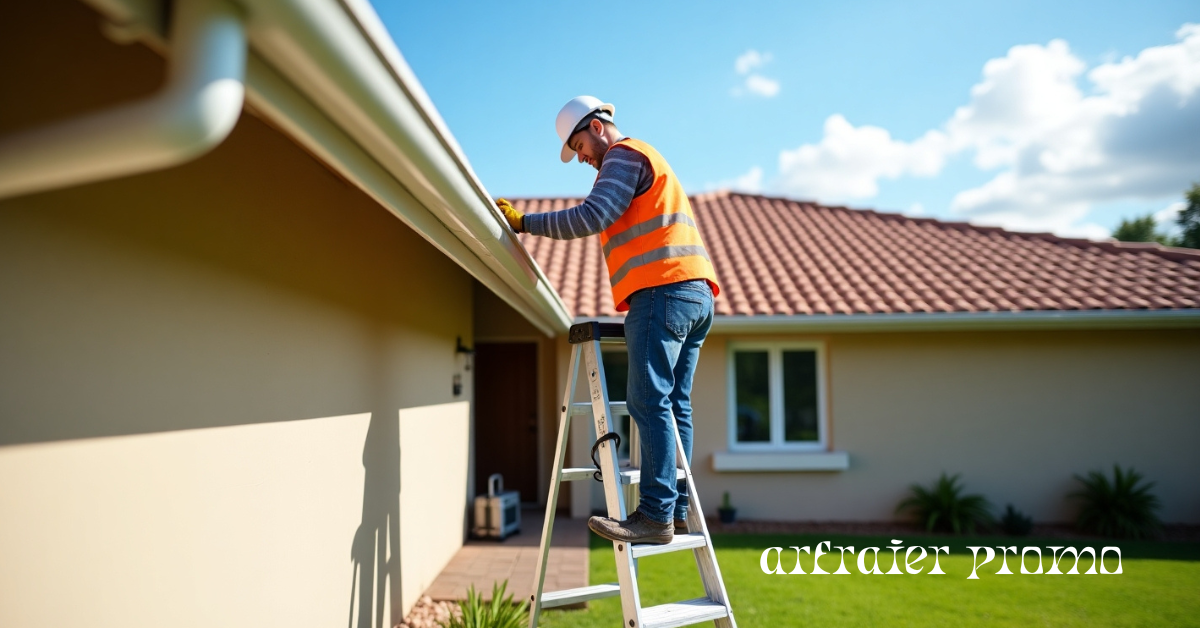A functioning sewer line is essential for a healthy and clean home. When this underground pipe is damaged, it can lead to serious issues like foul odors, slow drainage, or even sewage backups inside your home. Understanding when and how to handle sewer line repair can save you time, money, and a lot of mess.
In this guide, we’ll break down the signs of sewer damage, repair options, cost estimates, and tips to prevent future problems.
Signs You Might Need Sewer Line Repair
Early detection is key when dealing with sewer line problems. Here are the most common warning signs:
-
Foul Smells: A strong sewer odor in your home or yard is often a clear sign of a leak or break.
-
Slow Drains: If multiple drains (toilet, shower, sinks) are draining slowly, it’s not just a clog—it could be a deeper issue.
-
Frequent Backups: Consistent backups, especially in the lowest areas of your house, signal a possible sewer line issue.
-
Wet Spots in the Yard: Soggy areas or unexpected lush patches of grass may indicate a leaking underground pipe.
-
Rodent or Insect Infestations: Damaged sewer lines attract pests, especially if sewage is leaking outside.
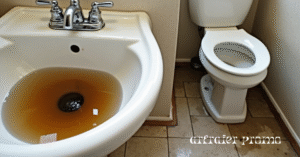
Common Causes of Sewer Line Damage
Understanding the root causes can help you prevent future issues. Here are some common culprits:
-
Tree Root Invasion: Roots can penetrate and grow inside pipes, causing blockages or breaks.
-
Aging Pipes: Pipes corrode, crack, or collapse over time, especially in older homes.
-
Soil Shifting: Ground movement from heavy rain, construction, or earthquakes can misalign or break sewer lines.
-
Improper Installation: Poor workmanship during original pipe installation can lead to premature failure.
-
Grease and Debris Buildup: Years of buildup from fats, oils, and non-flushable items can clog pipes and cause pressure.
Sewer Line Repair Methods
There are several repair options available depending on the extent and location of the damage. Here’s a comparison:
| Repair Method | How It Works | Best For |
|---|---|---|
| Traditional Digging | Digging a trench to access and replace the pipe | Severe pipe damage or full replacement |
| Trenchless Pipe Bursting | Breaks the old pipe and pulls in a new one through the same path | Long sections of damaged pipe |
| Pipe Relining | Inserts a resin-coated liner into the existing pipe to seal cracks | Minor to moderate damage or leaks |
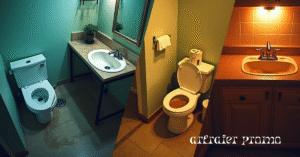
Trenchless repairs are becoming increasingly popular because they are less invasive, faster, and cost-effective in the long term.
Sewer Line Repair Cost Breakdown
The cost of sewer line repair can vary widely based on the method used and the extent of damage.
| Service Type | Estimated Cost Range |
|---|---|
| Traditional Dig and Replace | $3,000 – $7,000 |
| Trenchless Pipe Bursting | $3,500 – $8,000 |
| Pipe Relining | $2,500 – $6,000 |
| Minor Repairs or Clogs | $150 – $800 |
Factors that affect cost:
-
Pipe length and depth
-
Soil condition and yard accessibility
-
Local permits and labor charges
-
Emergency service vs. scheduled repair
DIY vs. Professional Sewer Repair
DIY Repairs
You can try basic clog removal methods like:
-
Enzyme-based drain cleaners
-
Drain snakes or plungers
However, DIY methods only work for surface-level clogs. Sewer line repairs usually require specialized equipment and expertise.
Professional Repairs
Hiring a licensed plumber ensures:
-
Accurate camera inspections
-
Code-compliant repairs
-
Faster and safer solutions
-
Warranty on repair work
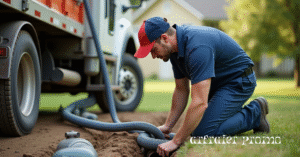
In most cases, professional help is essential to properly fix sewer line issues.
Tips to Prevent Future Sewer Line Damage
A little maintenance goes a long way in protecting your sewer system. Here’s how to reduce the risk of future issues:
-
Don’t flush wipes, grease, or non-flushables down the toilet or sink
-
Plant trees away from sewer lines or install root barriers
-
Schedule annual camera inspections for peace of mind
-
Use enzyme drain treatments regularly to keep pipes clean
Conclusion
Sewer line problems can quickly escalate into costly disasters if left unaddressed. Knowing the warning signs, repair options, and costs involved can help you take the right action at the right time.
If you’re experiencing slow drains, foul smells, or backups, don’t ignore them—have your sewer line inspected as soon as possible. Whether you opt for trenchless repair or full replacement, addressing the problem early will save you time, money, and stress.
Frequently Asked Questions (FAQs)
Q1. What is the most common cause of sewer line failure?
A: Tree root intrusion is the most frequent cause, especially in older homes.
Q2. Can I repair a sewer line without digging up my yard?
A: Yes, trenchless methods like pipe bursting or relining can fix pipes with minimal excavation.
Q3. How long does a sewer line last?
A: Depending on materials, sewer lines last between 40 to 100 years. Clay or cast iron pipes typically need replacement sooner.
Q4. Will homeowners insurance cover sewer line repair?
A: Standard policies usually don’t, but some providers offer add-ons for sewer line protection. Check with your insurer.
Q5. How long does trenchless sewer repair take?
A: Most trenchless repairs can be completed in 1–2 days.



